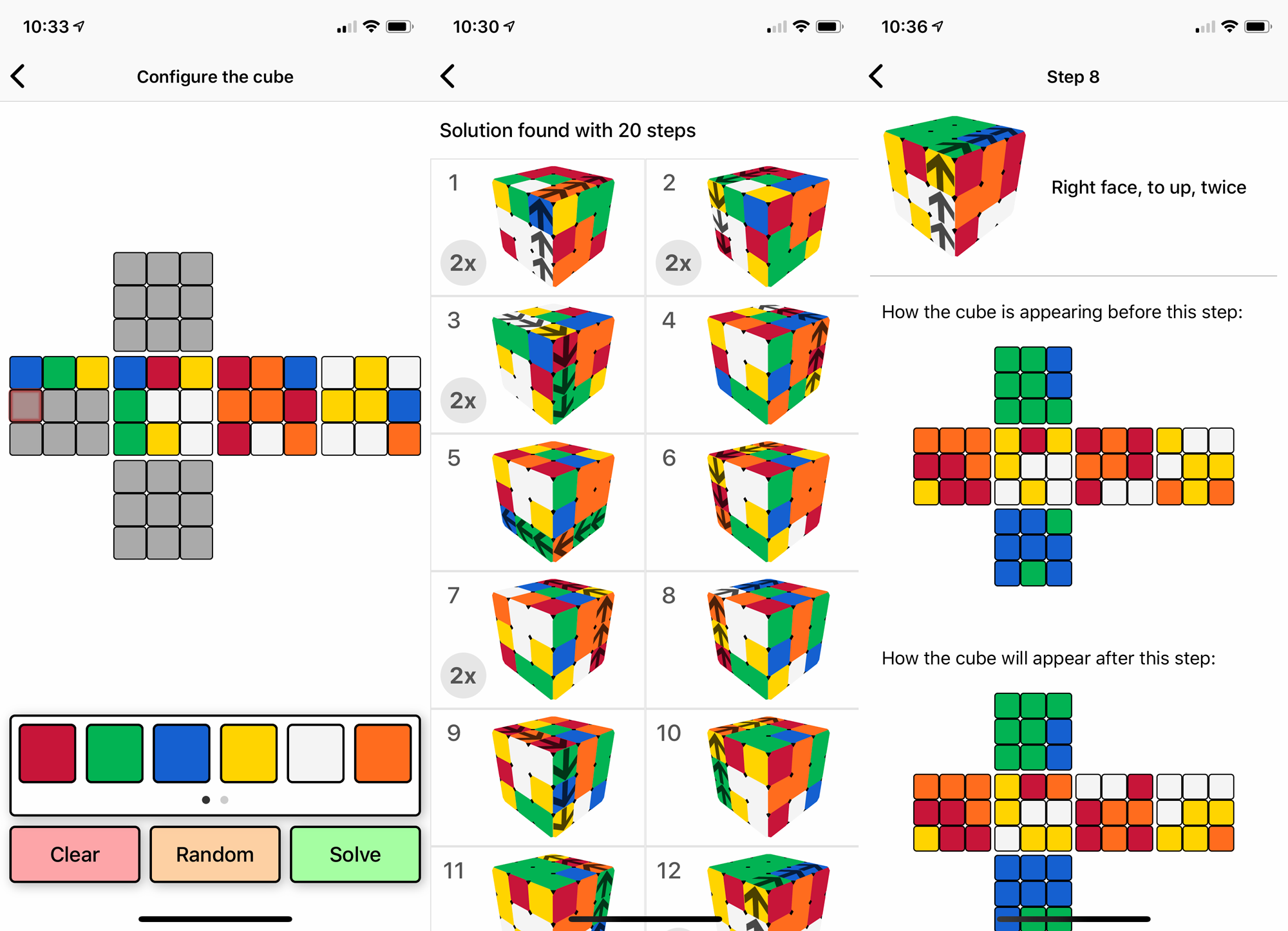

You should now be looking at four edges all oriented correctly.įor the “Dot” case shown in the first picture, just do either of these algorithms to get a different case. Make sure that the yellow bar (the two edges and the middle sticker) is horizontal, then do: The third image shows the “Line” shape, where the two yellow pieces showing are opposite one another. Solving a Rubiks Cube requires the use of a variety of algorithms, or. It is a classic example of a mechanical puzzle, consisting of six faces of differently colored squares that can be rotated to create different patterns. If done correctly, you should now be looking at the yellow cross. The Rubiks Cube is a 3D puzzle invented in 1974 by Hungarian sculptor and professor of architecture Ern Rubik.

Do the required number of U or U' moves to get this L as shown in the picture: the corner that the two edges trap needs to be in the top left. When you have an “L” shape, where the two yellow pieces showing are adjacent one another. If you are in a hurry you can speed up the process by doing two jumps at once with this: The color of a side is determined by the color of the center sticker of that side. To transform the Magic Cube from one state to the other, you have to apply the following short algorithm, watching out for the L shape and the line to be positioned as required:

If the edges are solved in a plus shape like the cross we made at the start (the last image), you can skip this stage.īeside the solved cross you can also have a “Dot”, an “L” shape or a “Line” as pictured above. These are the four possible edge positions that you can have:ĭo this to transfrom to the next state: F R U R' U' F' Either none, all, or two of the edges will already be oriented correctly (the yellow part is facing up). The next will move these pieces around and thus solve the cube. In this step will orient all of the pieces so that the yellow face is facing up for all of them. We're going to solve the top layer edges in two steps. 2/3 of the puzzle is solved, and every piece left to be solved has yellow on it somewhere. The cornerstone of this implementation is the Piece class.We're nearly there now. Import from the rubik package, > from rubik.cube import Cube > c = Cube ( "OOOOOOOOOYYYWWWGGGBBBYYYWWWGGGBBBYYYWWWGGGBBBRRRRRRRRR" ) > print ( c ) OOO OOO OOO YYY WWW GGG BBB YYY WWW GGG BBB YYY WWW GGG BBB RRR RRR RRR Implementation Piece


 0 kommentar(er)
0 kommentar(er)
